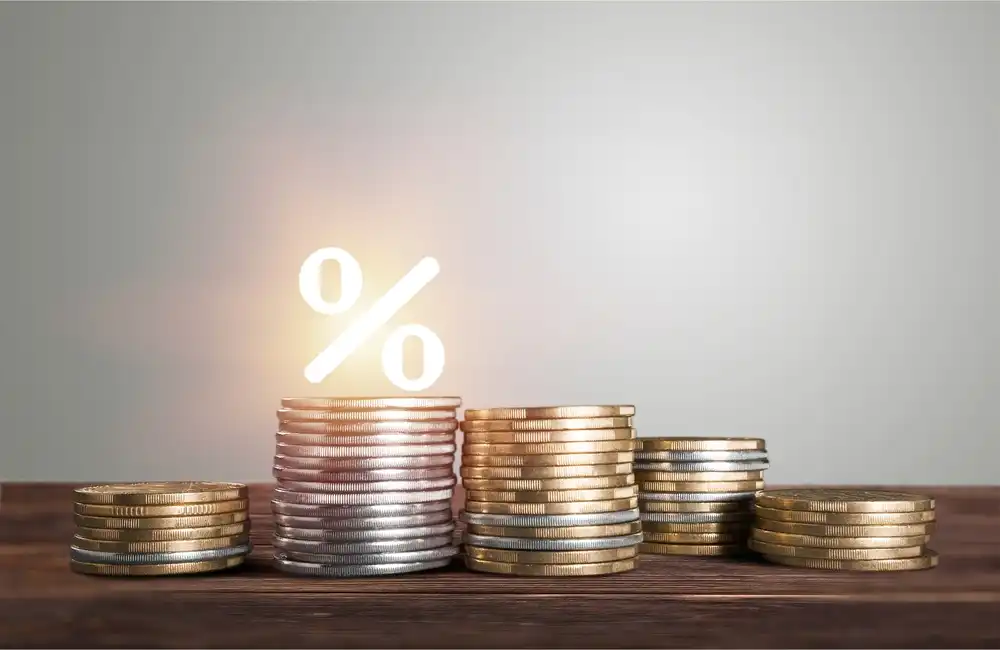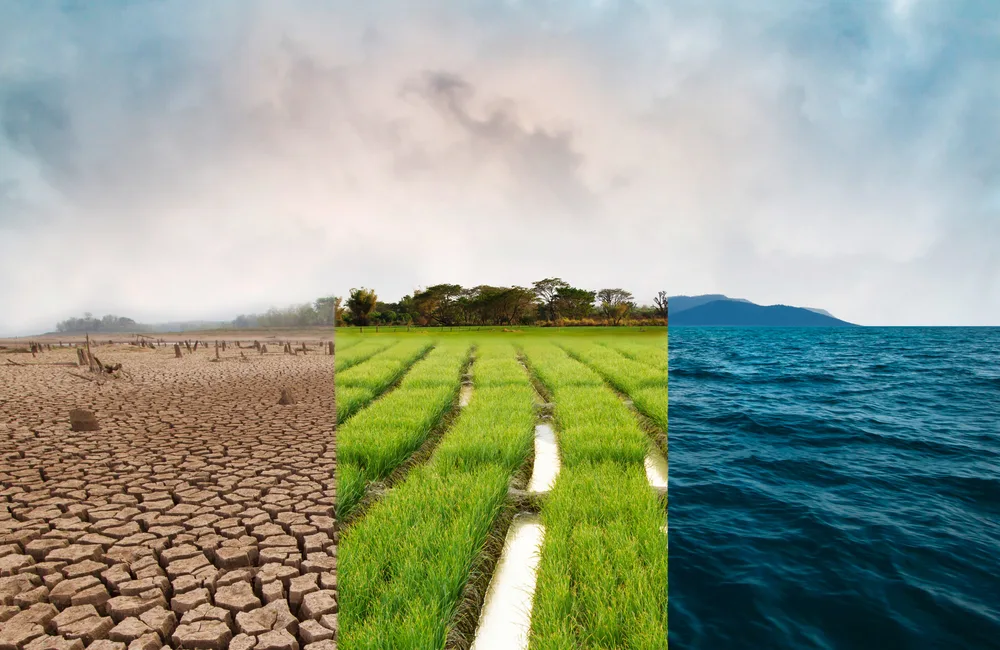While last year’s historic Inflation Reduction Act represents an important step forward for the US’ clean energy transition, policy experts are doubtful the tailwind the IRA creates for American clean energy will wash ashore at this year’s UN Climate Change Conference.
COP27, in Sharm el-Sheikh, Egypt MITIVU Nov. 6-18, has been dubbed the African COP, not only for its site, but for its declared intention to address the energy and the climate adaptation needs of African countries and other developing countries the world over.
While the Inflation Reduction Act and the $370 billion it puts on the table for US climate action finally have the US turning the talk into the walk on climate action, the scope of that bill will mainly be quite limited to the US domestic borders.
“Is the US back in the dominant position? And in many ways we are,” said Andrea Clabough, an associate energy and climate analyst at Goldwyn Global Strategies. “But in many other ways, when it comes to the challenges that the developing world is thinking about, our global leadership, on this front, is somewhat lacking.”
The most egregious example of this, according to Clabough, is the UN’s Green Climate Fund, an international fund created in 2010 to finance climate adaptation and mitigation projects in developing economies.
In 2009, rich countries promised $100 billion a year in climate finance by 2020 to help poor countries cope with climate change. But last year the OECD said the pledge was unlikely to be fulfilled until 2023.
As of Oct. 21, the Green Climate Fund’s portfolio included 209 projects and programs that together accounted for $11.3 billion in GCF resources (or $42.4 billion including co-financing).
The United States has contributed to the funding shortfall. The Obama administration pledged at least $3 billion to the fund when it was first created, but only $1 billion was contributed before Barack Obama’s presidency ended.
There has also been no contribution from the Biden administration at a time when an $8.6 billion allocation to the fund was struck from both the IRA and the CHIPS Act, or the Creating Helpful Incentives to Produce Semiconductors for America Act.
'Where is the money?'
“It’s made it hard to set aside funds for international climate aid under any presidential administration or Congress,” Clabough said. “But that’s an especially hard thing to do this year, with the world mired in a global energy crisis, a recessed economy, and unrelenting inflation.”
“There’s going to be pressure from these countries saying, ‘Where is this money? [during COP27," she said. “But getting that level of financial commitment through Congress can be extremely difficult when there are so many large competing priorities in the US right now.”
Compounding the tension is that it has been an especially painful year for many of the developing nations facing the burden of climate change. India experienced its hottest heat wave in history this year, flooding in Pakistan displaced tens of thousands of people, and drought in the east of Ethiopia, northern Kenya, and Somalia prompted a warning from the UN that millions could face starvation.
IRA and foreign policy
The IRA will bring an array of new investments in different clean energy technologies. It extends tax credits for solar and wind, increases tax credits for carbon capture and sequestration, creates new tax credits for clean hydrogen, invests in a domestic precious metals industry, and, among many other things, subsidizes the purchase of electric vehicles by American consumers.
What the bill lacks is any allocations for international climate finance opportunities.
“This is not that type of bill,” said Roman Kramarchuk, head of the Future Energy Analytics team. “It’s not a climate bill, it’s an industrial policy bill. Though it demonstrates climate commitment and will lower emissions, it has no direct role in advancing the wider fight to reach a global deal.
But the bill overall is net positive for climate, and it will have limited impact on the global decision-making processes that COP represents, Kramarchuk said. But there are arguably multiple indirect pathways the bill could take to impact the global transition to net-zero, mostly related to the falling costs associated with clean energy technologies.
The $3/kg of clean hydrogen tax credit, for example, has already had many US and European electrolyzer manufacturers announcing plans to expand manufacturing capacity in the US, thus reducing the capital costs of this equipment and the produced green hydrogen. Those cost cuts would be reaped throughout the global clean energy market.
“It’s sort of like photovoltaics,” Kramarchuk said. “Germany has paid a lot for it, and now the rest of the world pays less for it. There is that benefit. But it's a trickle-down of technology rather than a conscious international agreement to do this collectively.”
Bad timing
It’s unlucky that COP27, which aims to focus on the developing world, is happening in the year that Russia invaded Ukraine, Reed Blakemore, deputy director of the Atlantic Council’s Global Energy Center, said.
“The reality of where we’re at now is unlucky,” Blakemore said. “We are facing the very challenging question of energy security, and not just in an esoteric sense,” he added, referring to possible blackouts or curtailments.
For Blakemore, the IRA will have two indirect effects on COP this year. It will have a tidal wave impact on the international playing field for clean energy investments, and it provides the US its credibility as it calls on other countries to increase their climate aspirations. But he doesn’t think these factors pierce the current geopolitical environment.
“I don’t think it fully overcomes the bleak context in which the COP is happening, but it sets the US up to be a powerful point of engagement,” Blakemore said. "The symbolism matters."
COP27 was meant to be the one where we took the ideas and aspirations “from COP26 and down to the pathway where we are seeing real-world change and getting back on track” to meeting our global targets, Clabough said. “But now it seems like there’s going to be a lot of problems with getting that.”
US foreign climate aid
However, sneaking onto the COP27 news agenda, US special presidential envoy John Kerry gave us some hope that US foreign climate aid will be arriving during COP27. At a press briefing in London Oct. 26, Kerry indicated that the US was planning to be more engaged this time around, in discussions over loss and damage.
“The United States is going to have several announcements when we’re there,” he said. “We want the COP to ensure that everyone understands we’re taking the actions we need to do to keep 1.5 C alive. And we have to have the NDCs not just from developed countries, but developing countries around the world need to step up and put in their NDCs, because everybody needs to do their part here.”
Kerry didn’t give specifics, but said the US will be consulting with banks to create standards aimed at helping facilitate climate-related lending, and that it will also back the implementation of early warning systems in at-risk countries.
“We will do an adaptation event in Egypt together with the Egyptian government where we will make announcements of our support to Africa on adaptation,” he said.




















